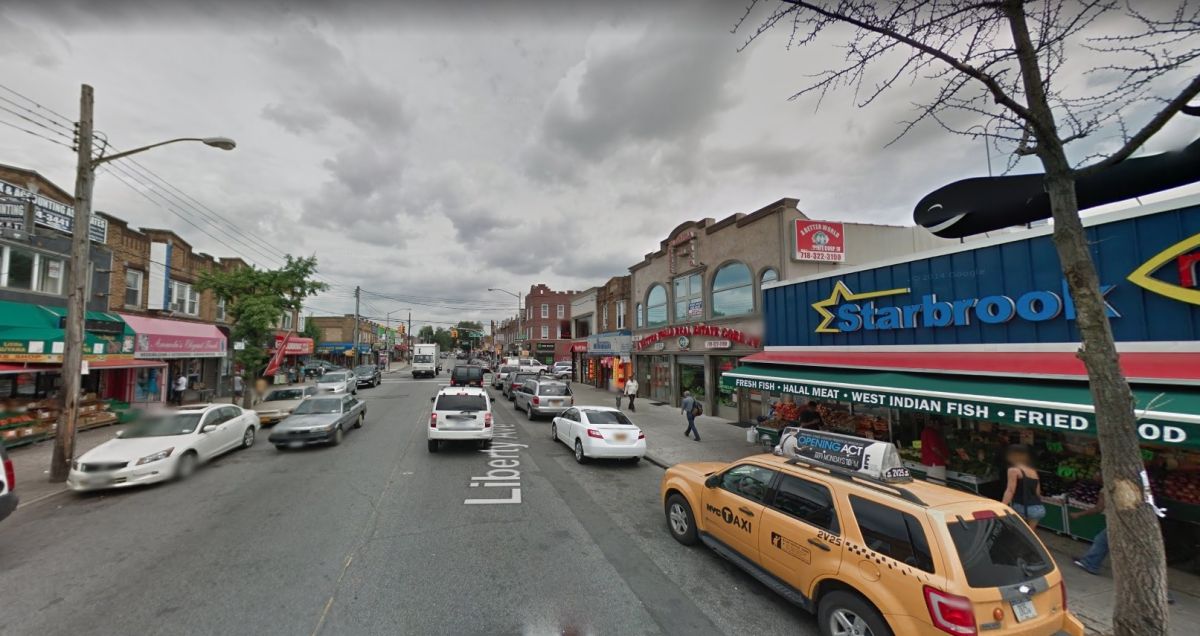According to experts, it is too easy to summarize the cooling of the market in a single figure. But if you put different indicators next to each other, the trend is very clear. While the housing market has been warming rapidly in recent years, it has now started to cool down. Some figures from the National Bank show this.
For the period up to and including May of this year, there were 15.54 percent fewer applications for mortgages than in the same period in 2021. Of those applications, there were 12.94 percent less for the purchase of real estate and 13.33 percent less for new construction projects. . The notary barometer already showed that 2 percent fewer houses and apartments were sold in the first half of this year than in the corresponding period last year.
Brokers and financial experts are experiencing this cooling firsthand. “We notice that fewer appointments are made on our site,” says John Romain of Immotheker-Finotheker. Other real estate agents such as ERA and Dewaele real estate are now also listing fewer candidates on their websites or on open house days.
Insecurity
Just as there is no single specific figure that perpetuates the housing slump, there is no single specific explanation for why consumers have become more cautious. Although the reasons are actually obvious. “Due to the energy crisis and the war in Ukraine, the economy is adversely affected,” says Johan Van Gompel, senior economist at KBC. “Due to the economic uncertainty, people are less inclined to buy a house.”
Central banks, meanwhile, have started raising interest rates to combat sky-high inflation. That is bad news for those who want to borrow at a favorable rate to buy a house. But rising interest rates also only tell part of the story. Due to the corona pandemic, many supply lines are still disrupted, which means that a delivery of building materials can take a long time.
These material shortages also mean that the costs for a renovation or a new construction project increase. “Caution is now the trump card on the market,” says Olivier Carrette of the BVS sector federation. “Because of the high cost of the material, our members see that customers are waiting to buy new construction.”
Prices keep rising
Meanwhile, real estate prices continue to rise, albeit at a slower pace than in the past. New environmental obligations also make it more difficult for young people or people from the lower middle class to obtain a home, Romain says, because they mainly buy older homes.
From 1 January next year, new owners of energy-hungry homes with EPC value E or F must carry out a renovation within five years, which transforms the house to at least EPC value D. “Almost half of the homes do not meet the standard,” says Romain. “It costs an average of 50,000 euros to do such a renovation. But many people can no longer bear such an effort.”
–


